Single-Use Plastic Packaging Industry Embraces New Opportunities: Eco-Innovation Drives Sustainable Development
Share
In recent years, with the rapid evolution of consumption patterns and the booming development of food delivery and express delivery industries, single-use plastic packaging has demonstrated irreplaceable value across multiple sectors due to its unique advantages. Although environmental concerns have drawn significant attention, technological innovations and material advancements in the industry are breathing new life into single-use plastic packaging.

Key Advantages Explained
1. Hygiene and Safety for Health Protection
Single-use plastic packaging offers distinct advantages in industries such as healthcare and food. Its sealing and contamination-resistant properties effectively block bacteria and viruses, making it particularly suitable for food delivery, fresh produce distribution, and other scenarios, ensuring hygiene and safety throughout the entire process from production to consumption.
2. Lightweight and Durable, Reducing Transportation Costs
Compared to glass or metal packaging, plastic materials are significantly lighter, greatly reducing energy consumption and carbon emissions during transportation. Additionally, their shock-resistant and waterproof characteristics effectively protect contents, minimizing product damage rates.
3. Cost-Effective, Driving Business Growth
For industries such as catering and retail, single-use plastic packaging is low-cost, helping businesses control operational expenses. Especially in fast-paced consumption environments, its disposable nature significantly enhances service efficiency and improves user experience.
4. Breakthroughs in Recycling Technology, Enhancing Environmental Performance**
The industry is accelerating the development of biodegradable plastics (such as PLA and PBAT) and efficient recycling technologies. Some companies have already achieved closed-loop production with "plastic → recycled pellets → new packaging," substantially improving resource utilization rates.
5. Flexible Design to Meet Diverse Needs
From leak-proof meal containers to cushioned express bags, plastic packaging can be adapted to various scenarios by adjusting thickness, structure, and other parameters. Its superior printability also helps brands create differentiated visual identities.
Industry Outlook: Balancing Convenience and Sustainability
Experts point out that the core controversy surrounding single-use plastic packaging lies in management rather than the material itself. As waste sorting systems improve and recycling technologies mature, its environmental shortcomings are being gradually addressed. In the future, through policy guidance, technological innovation, and consumer education, plastic packaging is expected to achieve a better balance between convenience and sustainability.
Conclusion
Single-use plastic packaging remains a crucial support for modern living, while technological innovation is reshaping its environmental impact. Taking a rational view of its value and promoting green upgrades may represent a more pragmatic path to achieving both economic and environmental benefits.
(This article is based on industry analysis and aims to provide objective information. Specific environmental practices should align with local policies and infrastructure conditions.)
Highlights of the Report
- Focuses on how technological innovation can mitigate plastic pollution issues
- Uses data to counter the tendency to demonize plastics in public discourse
- Highlights corporate case studies in the circular economy
